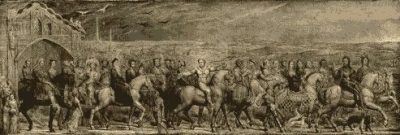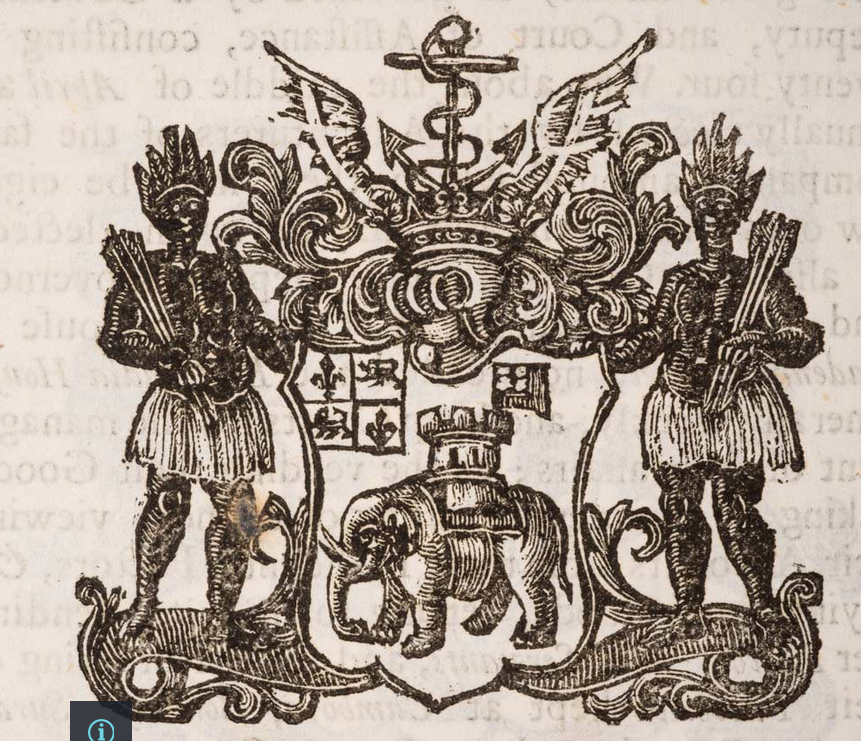THE REBIRTH OF SAXON LONDON ARCHAEOLOGY VIRTUAL WALK

Sunday 4th July 2021 6.30pm
An exploration of what happened following the Roman Period. How did a Celtic speaking Latin educated Roman City become, first deserted, then recovered to become the leading City in a Germanic speaking Kingdom?
To book
THE GREAT FIRE OF LONDON ANNIVERSARY VIRTUAL WALK
Virtual Zoom Walk on Sunday Sept 5th 6.30pm
On the Anniversary of the Great Fire of London we retrace the route of the fire of 1666 from Pudding Lane to Smithfield.
To book
RING IN THE EQUINOX VIRTUAL WALK
Tuesday 21st September 2021 7.30pm
On this walk we look at London at the Equinox, its calendars, folklore and events associated with the beginning of Autumn
To book
MYTHS, LEGENDS, & HALLOWEEN VIRTUAL WALK
SUNDAY 31st October 2021 6.30pm
The walk tells the story of London’s myths and legends and the celtic origins of Halloween. .
To book
ZEPPELIN NIGHTS – A VIRTUAL WALK FOR REMEMBRANCE SUNDAY
Sunday 14 November 2021 6.30pm
We follow the route of a Zeppelin Raid through London. On the way we discover London in World War 1
To book








